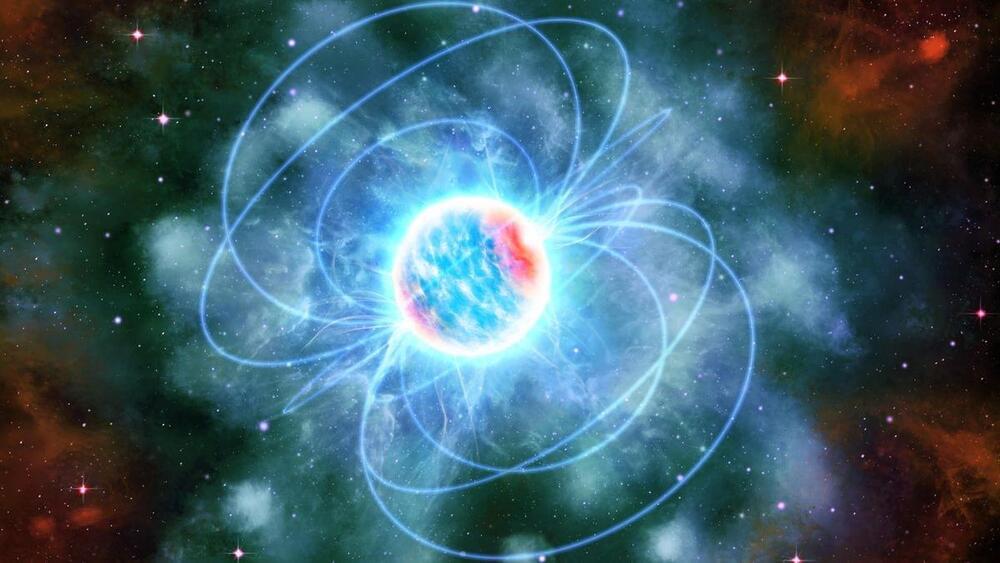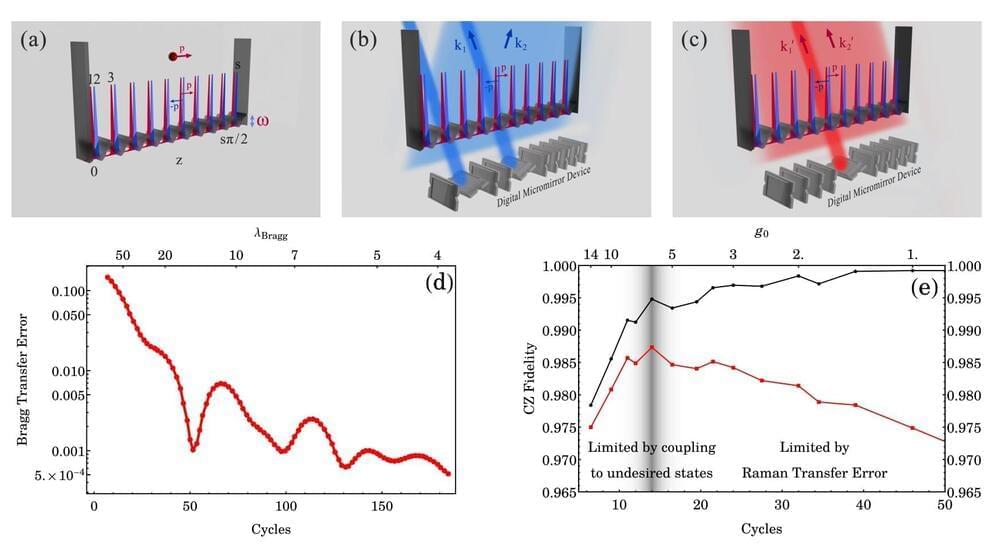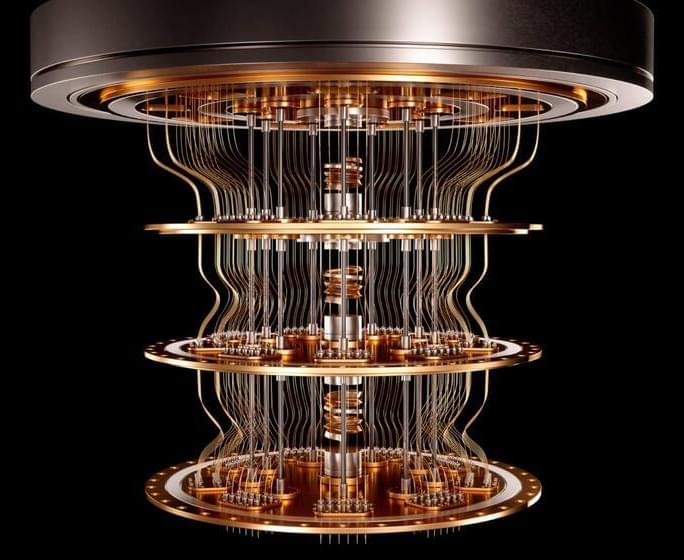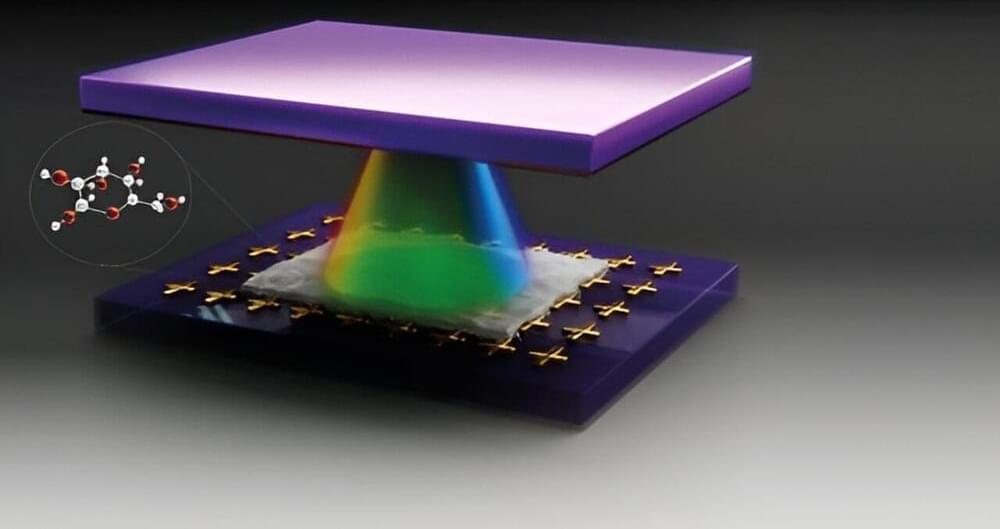Matching the neutron stars’ cooling rates to their equation of state could help scientists figure out a quantum theory of gravity.



Our favorite mathematical constant, pi (π), describing the ratio between a circle’s circumference and its diameter, has taken on new meaning.
The new representation was borne out of the twists and turns of string theory, and two mathematicians’ attempts to better describe particle collisions.
“Our efforts, initially, were never to find a way to look at pi,” says Aninda Sinha of the Indian Institute of Science (IISc) who co-authored the new work with fellow IISc mathematician Arnab Priya Saha.

Intel debuts new chip focused on addressing quantum computing’s wiring bottleneck.
Intel’s millikelvin quantum research control chip, code-named Pando Tree, establishes Intel as the first semiconductor manufacturer to demonstrate the distribution of cryogenic silicon spin qubit control electronics…
Sushil Subramanian is a research scientist at Intel where he works on integrated circuits and systems for qubit control in quantum computers. Co-author Stefano Pellerano is a senior principal engineer and lab director of the RF and Mixed-Signal Circuits Lab where he leads the research and development effort on cryogenic electronics for qubit control.

A trio of physicists, two with Uniwersytet Jagielloński in Poland and one with Swinburne University of Technology in Australia, are proposing the use of temporal printed circuit boards made using time crystals as a way to solve error problems on quantum computers. Krzysztof Giergiel, Krzysztof Sacha and Peter Hannaford have written a paper describing their ideas, which is currently available on the arXiv preprint server.

Big atoms demand big energy to construct. A new model of quantum interactions now suggests some of the lightest particles in the Universe might play a critical role in how at least some heavy elements form.
Physicists in the US have shown how subatomic ‘ghost’ particles known as neutrinos could force atomic nuclei into becoming new elements.
Not only would this be an entirely different method for building elements heavier than iron, it could also describe a long-hypothesized ‘in-between’ path that sits on the border between two known processes, nuclear fusion and nucleosynthesis.

In the race to develop practical quantum computers, a team of researchers has achieved a significant milestone by demonstrating a new method for manipulating quantum information. This breakthrough, published in the journal Nature Communications, could lead to faster and more efficient quantum computing by harnessing the power of customizable “nonlinearities” in superconducting circuits.
Quantum computers promise to revolutionize computing by leveraging the principles of quantum mechanics to perform complex calculations that are impossible for classical computers. However, one of the main challenges in building quantum computers is the difficulty in manipulating and controlling quantum information, known as qubits.
The researchers, led by Axel M. Eriksson and Simone Gasparinetti from Chalmers University of Technology in Sweden, have developed a novel approach that allows for greater control over qubits by using a special type of superconducting circuit called a SNAIL (Superconducting Nonlinear Asymmetric Inductive eLement) resonator.
#blackhole Physics lecture video link, just click on the link for knowledge.
Here I discused general relativity — gravitytheory, Einstein field, schwarzchild equation, Black hall definition, Ramanujan numbers. Here I explain only static blackhole.
theory of general relativity.
special relativity vs general relativity.
einstein’s theory of general relativity.
general relativity equation.
special and general relativity.
spacetime and geometry an introduction to general relativity.
general relativity vs quantum mechanics.
a first course in general relativity.
general relativity and quantum mechanics.
general relativity and gravitation.
general relativity and black holes.
general relativity and time.
general relativity and special relativity.
general relativity astronomy.
general relativity assignment.
general relativity and gravity.
a new way to visualize general relativity.
albert einstein’s theory of general relativity.
albert einstein general relativity.
applications of general relativity.
alternatives to general relativity.
a first course in general relativity 3rd edition.
advanced general relativity.
a short course in general relativity.
general relativity black holes.
general relativity basics.
general relativity course.
general relativity course online.
general relativity class.
covariant derivative general relativity.
conformal transformation general relativity.
general relativity definition.
general relativity diagram.
general relativity definition in physics.
derivation of general relativity.
general relativity examples.
general relativity equation explained.
general relativity einstein paper.
general relativity equation derivation.
equation of general relativity.
einstein paper on general relativity.
einstein 1916 paper on general relativity.
general relativity field equations.
general relativity full equation.
field equations of general relativity.
formula for general relativity.
feynman general relativity.
general relativity gravity.
general relativity graviton lance.
general relativity geodesic.
general relativity geometry.
general relativity geodesic equation.
general relativity vs special relativity.
general relativity theory.
general relativity time dilation.
general relativity history.
general relativity homework solutions.
general relativity hilbert.
general relativity hamiltonian.
what is general relativity.
history of general relativity.
how did einstein discover general relativity.
general relativity in black holes.
general relativity inertial frame.



The quantum internet would be a lot easier to build if we could use existing telecommunications technologies and infrastructure. Over the past few years, researchers have discovered defects in silicon—a ubiquitous semiconductor material—that could be used to send and store quantum information over widely used telecommunications wavelengths. Could these defects in silicon be the best choice among all the promising candidates to host qubits for quantum communications?